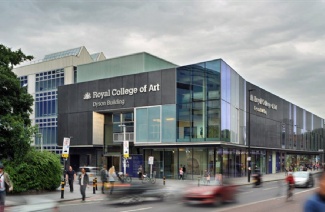新
在托福写作备考中,遣词要做到恰当、有变化及具体表达:
I 恰当
所谓恰当,除了拼写准确外,主要是体现在搭配恰当上。例如,修饰名词的形容词和名词必须搭配恰当,动词和宾语必须搭配恰当。此外,托福写作时不能完全依赖翻译,尤其是词不达意的翻译。否则,很有可能出现了错误的搭配,导致考官无法理解,下面是一些常见的搭配错误:
1. prompt &promote
不少考生没法区分两个词prompt(促使)和promote(促进)之间的区别。我们通过两个句子来看一下。
错误用法:There are three factors that promote people to go abroad。
正确用法:There are three factors that prompt people to go abroad。
2. enrich & make … prosper
有些学生将enrich理解为“使 富裕”,虽然不能说全错,但是现在主要的意思是“使 丰富”,如词组:enrich one’s experience。
错误用法: Factories, which enrich the remote areas for example, may also lead to environmental problems。
正确用法: Factories which make the remote areas prosper, for example, may also lead to environmental problems。
3. train & develop
表示“培养,养成”等意思时,容易不假思索地使用train,但是正确的词汇是develop, cultivate, nurture等。如:
错误用法: The younger generations are hoped to train their independence as soon as possible。
正确用法: The younger generations are hoped to develop their independence as soon as possible。
II 有变化
所谓有变化,就是指考生在新托福写作中,一个词最好只出现一次,第二次或后几次出现时用其他的词来替换。替换的方法有同义词,语法结构的变化,以及下义词等方法。下面新东方
1. 同义词
关于老年人的话题在新托福考试中曾经出现过,情况对“老年人”的多样表达:
the elderly, the old, the aged, ageing population, the retired, senior citizens
下面是新托福材料中,摘抄的两段话,非常形象的体现了一个词的多样表达,先看第一段,请大家注意“奇怪的”这个词在这一段话中的使用:
Certainly no creature in the sea is odder than the common sea cucumber. All living creatures, especially human beings, have their peculiarities, but everything about the little sea cucumber seems unusual. What else can be said about a bizarre animal that, among other eccentricities, eats mud, feeds almost continuously day and night but can live without eating for long periods, and can be poisonous but is considered supremely edible by gourmets?
又如,在下文中,四个词形式不同,但都是“显著的”意思。
In 1900, the United States had only three cities with more than a million residents---New York, Chicago, and Philadelphia. By 1930, it had ten giant metropolises. The newer ones experiencedremarkable growth, which reflected basic changes in the economy. The population of Los Angeles(114000 in 1900) rose spectacularly in the early decades of the twentieth century, increasing a dramatic 1400 percent from 1900 to 1930. A number of circumstances contributed to the meteoric rise of Los Angeles。

















